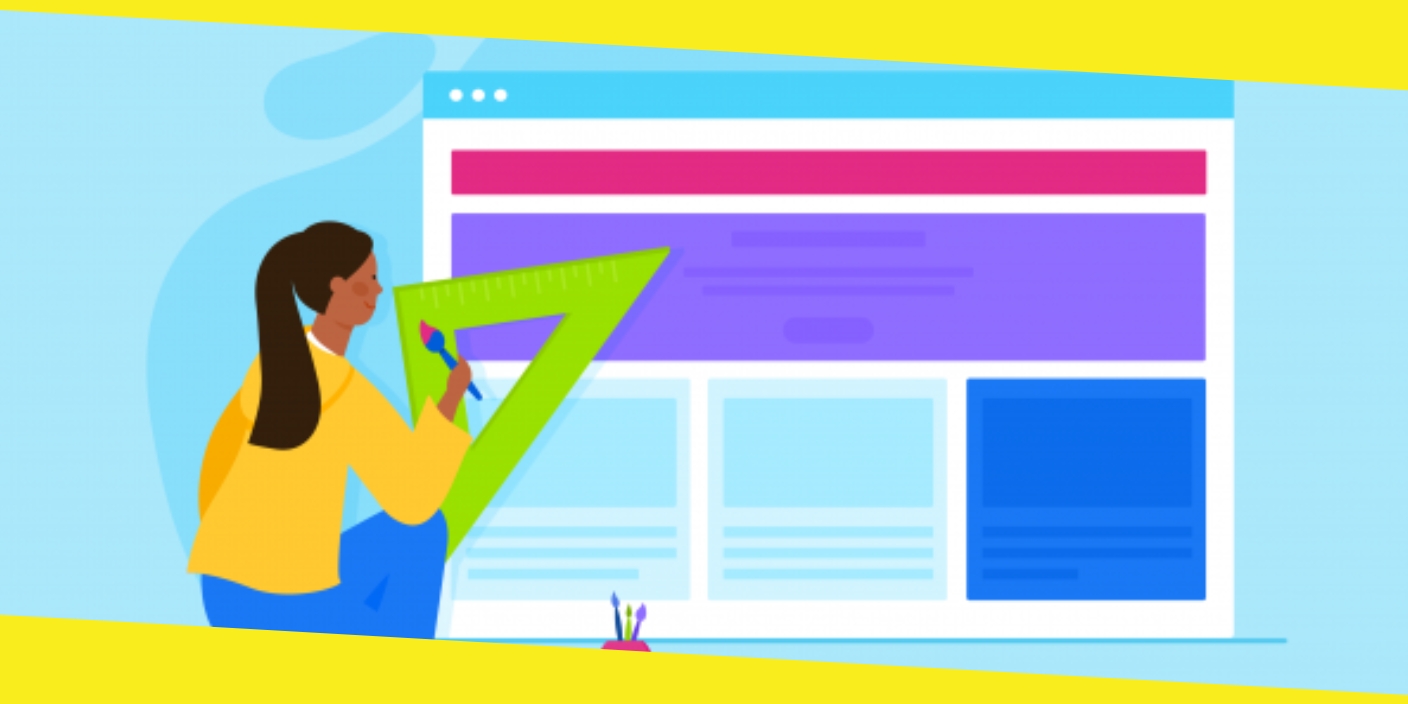Website Design for Simplicity: 11 Tips

Building a website can be an intimidating task, especially if you don’t have the technical know-how.
But it doesn’t have to be complicated – in fact, simple is often better when it comes to website design.
The key is understanding how to use minimalism and clean lines for maximum visual impact.
By stripping away unnecessary elements and focusing on only what matters most, you can create a user experience that encourages visitors to engage with your content.
Below are just a few tips to get you started!
1. Use a Minimalistic Design
Minimalistic design is great for simple website design due to its ability to focus attention on the most important elements of a webpage.
Minimalism also allows web designers to present information in a more organized and aesthetically pleasing manner by limiting the amount of visual clutter.
In addition, with fewer elements to manage, minimalistic design helps make web pages load faster.
2. Keep the Navigation and Layout Simple
Simplicity is essential for website design. Too many menus and links can make it difficult to navigate the site, and complicated layouts can be confusing or unappealing to users.
Keeping navigation simple by using basic categories like Home, About Us, Services, Contact Us and Products will help visitors find what they are looking for quickly and easily.
3. Utilize Whitespace to Create a Visual Hierarchy
Whitespace, or negative space, is an important part of website design. It adds clarity and helps to emphasize certain elements on a page.
Utilizing whitespace can also help create a visual hierarchy, which will guide visitors through the site in a logical manner.
4. Incorporate the Right Visuals
Visuals can be a powerful tool for communicating your message.
Incorporating relevant visuals such as photographs, illustrations, or videos can help to convey the essence of what you are trying to say and make the user experience more enjoyable.
Just be sure not to overuse visuals, or it will detract from the simplicity of your design.
5. Make Text Easily Readable and Scannable
Since visitors usually skim websites for the information they are looking for, making sure all text is easily readable can help them locate what they need quickly and easily.
Using a font size that’s neither too small nor too large, using headings to bring attention to key points, and including bullet points are all great ways to make your website
6. Stick to One or Two Fonts
Using too many fonts can make your website look cluttered and unprofessional. It’s best to stick to one or two fonts that are simple and easy to read in order to keep the design consistent and clean.
7. Compress Images
Using high-resolution images on your website can slow down loading time and make it difficult for visitors to access the page.
Compress all images before uploading them to your site to reduce file size and optimize performance.
8. Use a Responsive Design
With more and more people using mobile phones to access websites, it is essential that your website design follows a responsive approach.
This means the website will automatically adjust its layout to fit different screen sizes and provide an optimal viewing experience regardless of the device being used.
With this, it’s also important to keep up with the maintenance of the site. Tools like this can help to automate the monitoring process.
9. Pick the Right Color Palette
Consistency is key when it comes to website design. Choosing a color palette and sticking to it will help create a unified look across your site that can be easily recognized by visitors.
Pick colors that are appropriate for the tone of your website, as well as for the branding of your company.
10. Implement an Intuitive Search Option
If your website has a large amount of content, implementing an intuitive search bar is essential.
This will allow visitors to quickly find the information they are looking for without having to navigate through several pages.
11. Make SEO a Priority
Search engine optimization (SEO) is an important part of website design.
This involves optimizing your site for the keywords that people will use when searching for it, as well as using tags and descriptions to make sure it ranks high in search results.
SEO can be a complex task, so if you’re not familiar with it, it’s best to seek help from a professional.
Conclusion
It’s important to keep website design simple and intuitive. Following these tips can help ensure that visitors can easily find what they are looking for, create a pleasant user experience, and boost the overall success of your site.
It is also important to remember that web design is constantly evolving, so it’s essential to stay up-to-date with the latest trends.
With a little research and creativity, you can create an effective web design that will help your website stand out from the rest.
Recommended For You
How to Find Influencers Easily
Most Inside
Most Inside offers high-quality recommendations and valuable updates to enhance all aspects of your life, providing premium guidance and enriching experiences.




